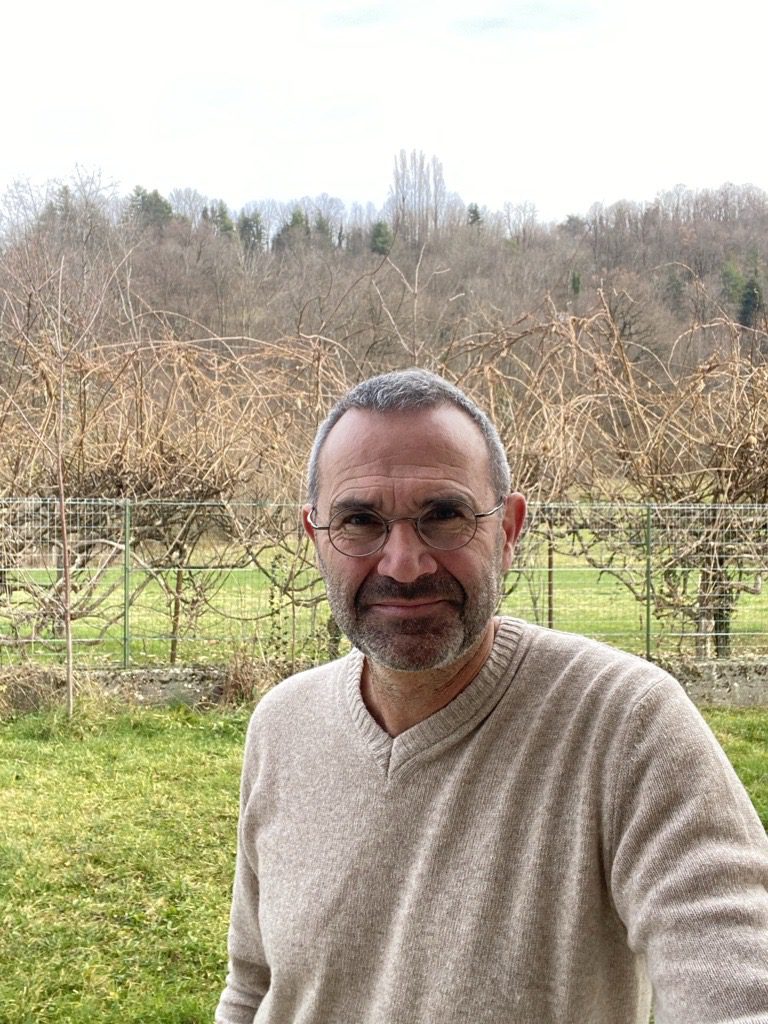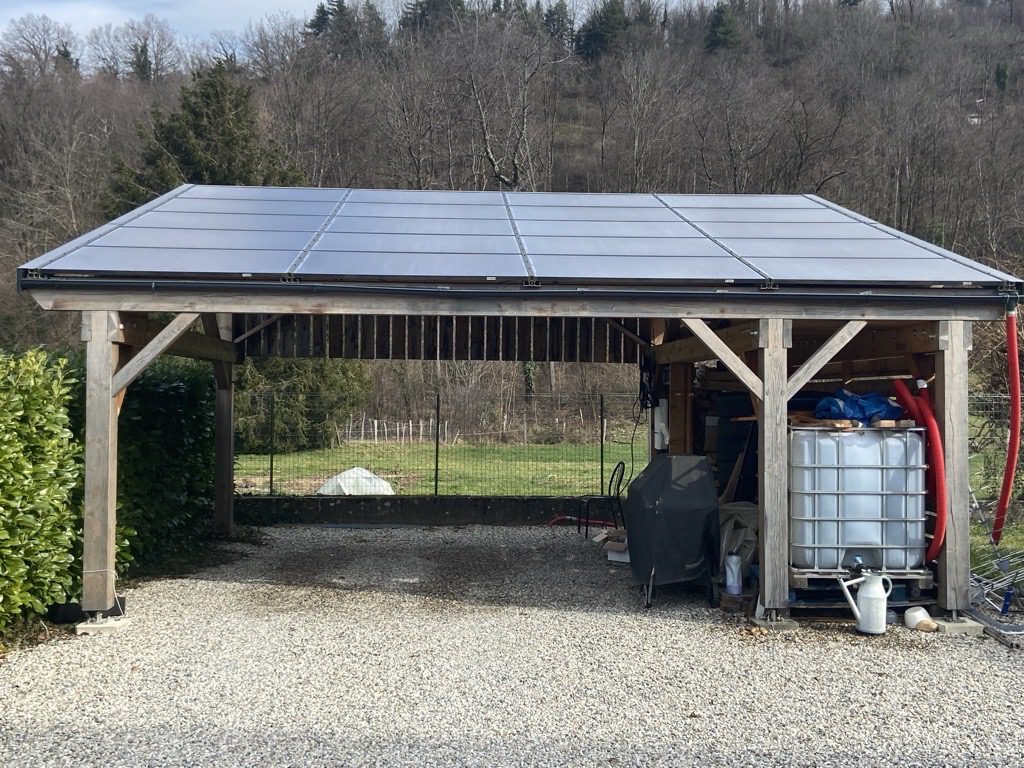This audio was created using Microsoft Azure Speech Services
In the international effort to combat climate change, every entity has a vital role to play. From global corporations to individual homeowners, there are steps we can all take to offset our carbon emissions and manage our carbon outputs.

One man who recognises more than most the benefits that can come from a more proactive approach to energy management in the home is Emmanuel Bur. Over the past five years, Emmanuel has become a real advocate for sustainable living, having transformed his home in Grenoble, France, into the high (or should that be green?) standard for energy efficiency.
Emmanuel explains: “I first moved into the property in 2017. Having been built in 1995, it was a modern, fully electric home but one that hadn’t necessarily been totally optimised for energy efficiency. That was well evidenced when, within the first 12 months of living in the property, our electricity usage soared to 29,000KwH – equating to more than €4,500 in bills!”
Indeed, the spiralling cost of electricity across Europe has already encouraged more homeowners to self-improve the energy efficiency of their homes, but where is the best place to start?
Emmanuel explains how he took his first steps to a more energy-efficient home: “Right from the outset, I knew I was working to a tight budget for improving my home, so I focused on cost-effective measures that would have the highest impact on energy efficiency.”
To that end, Emmanuel started his project in 2018 by replacing the property’s old fireplace with a low-emission stove. At a total cost of €1,500, Emmanuel was able to take advantage of government subsidies encouraging homeowners to switch to greener heat sources and the stove shaved 25% off his household energy bills within the first two years, meaning it was soon delivering significant return on investment.

As the property was largely open plan, Emmanuel knew adequate temperature control in such a large space would be difficult. Tackling this, he installed a partial wall and a door to separate the main living space from the rest of the house. This enabled better temperature control during both summer and winter months, leading to a more comfortable living experience in the main room of the property. By taking the simple step of dividing part of the house (equating to an $800 outlay), Emmanuel was able to reduce his annual energy bill by a further 15%.
Having taken some straightforward initial steps to energy-proofing his house, Emmanuel knew the next step would require a bigger investment and be more focused on how the house was powered.
Though he considered multiple options, Emmanuel eventually settled on solar production. This was a significant milestone for Emmanuel’s project, as it enabled him to start thinking critically about how his energy is sourced. The self-mounted solar panels cost €8,000, although many governments across Europe offer some form of subsidy for their installation.
Emmanuel continues: “Having installed the solar panels onto my home, I began to think of myself as something of an energy expert and was really motivated to see where else I could make savings.

“Having worked at Schneider Electric for almost 30 years, I know how important home energy management systems (HEMS) are in curtailing unnecessary energy usage.”
Home energy tracking helps property owners keep an eye on energy consumption patterns and can help reduce usage by as much as 30%. HEMS also help reduce energy costs through reduced electricity duties and improves performance through energy optimisation.
Emmanuel says: The investment in HEMS helped me streamline my energy consumption, resulting in 80% of the energy I consume being produced entirely by the property’s solar panels. At this point, the home’s annual electricity usage was down to 10,000kWh, which equates to a total spend of around €1,500.
“Last year, I began selling my surplus solar energy to an energy aggregator, which is helping me recoup the initial investment on my panels. Thanks to my Wiser HEMS, I can optimise consumption during low peak hours and sell upwards of 2,500kWh back to the grid– which is worth around €425 (2023).”

Emmanuel’s ambition to be as carbon neutral as possible extended to purchasing an electric vehicle, which he now charges at home, using energy produced by his property’s solar panels, making it a completely closed-loop system.
Since starting his energy efficiency project, Emmanuel has seen his annual electricity bill shrink to just €900 – a reduction of more than €3,500 compared to the outset of the project.
Emmanuel concludes: “To anyone inspired by this and looking to follow in my footsteps, my main advice would be – start small. Audit your home’s energy usage and identify ‘easy wins’. For me, simply separating my main living area resulted in significant savings, before I invested in bigger technology.
“Having a HEMS in my home has opened up real opportunities for energy savings and has even opened up a new revenue stream for me! And while I’m happy with where I’m at right now, I know there’s even more I could do to strengthen my home’s sustainability – watch this space to find out more.”




Add a comment